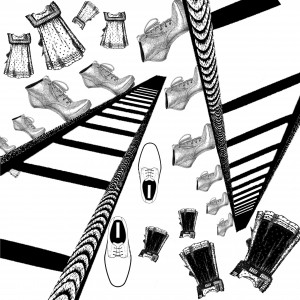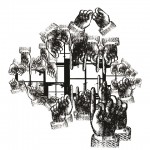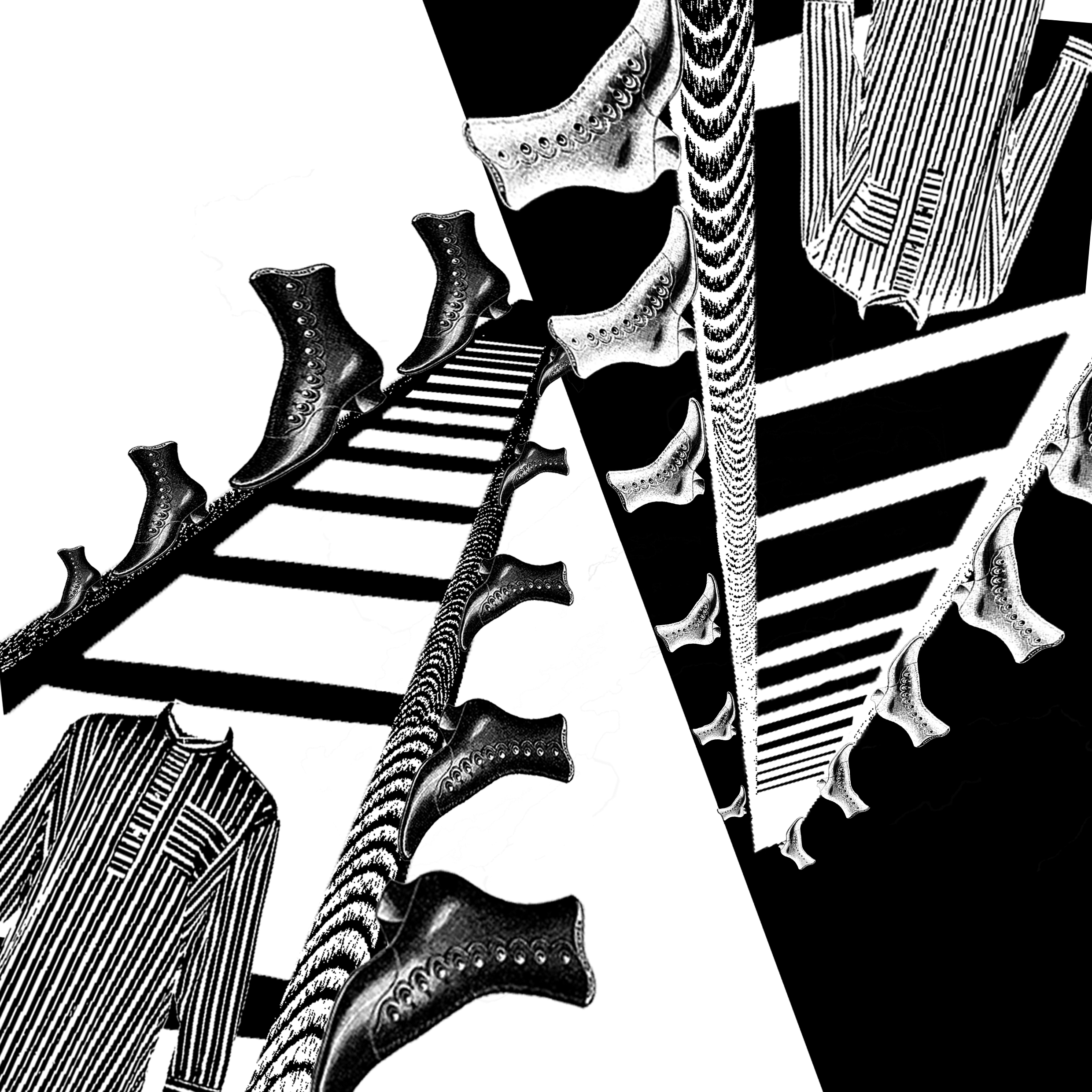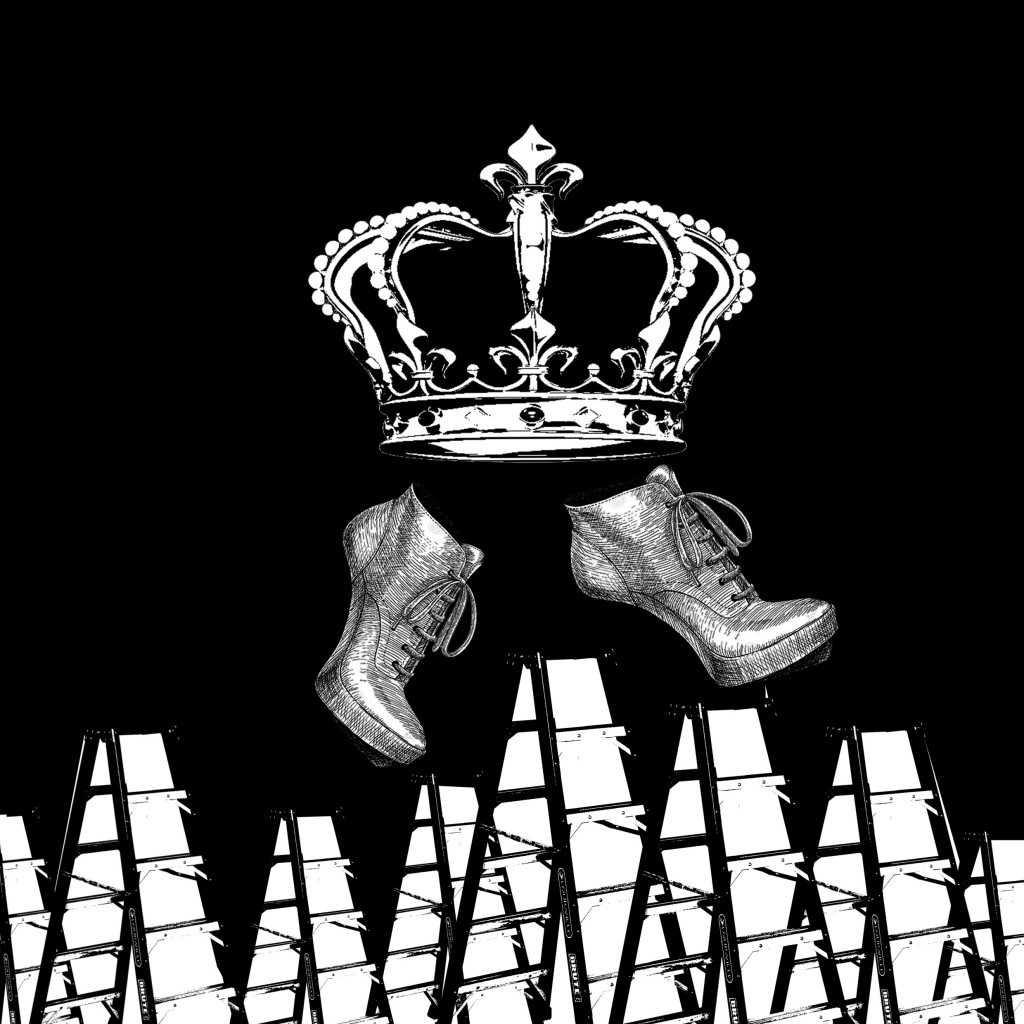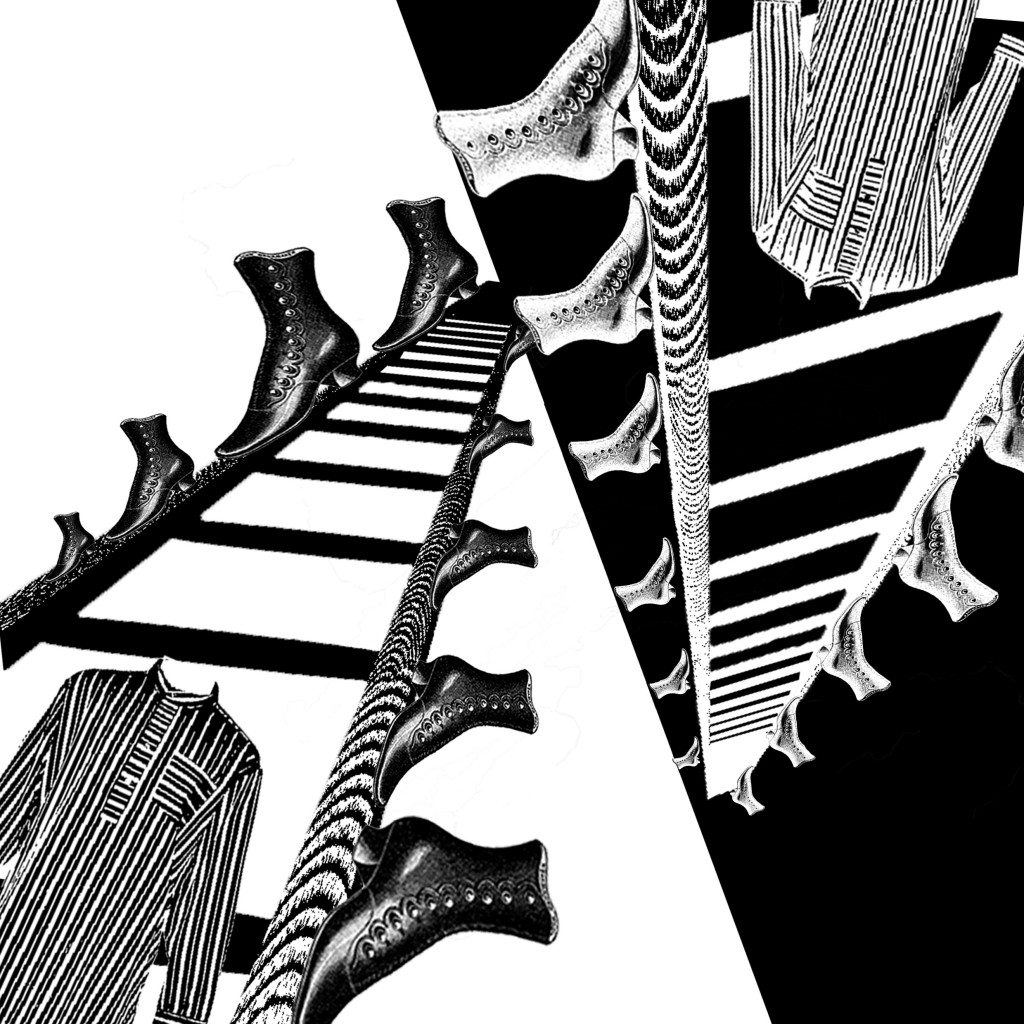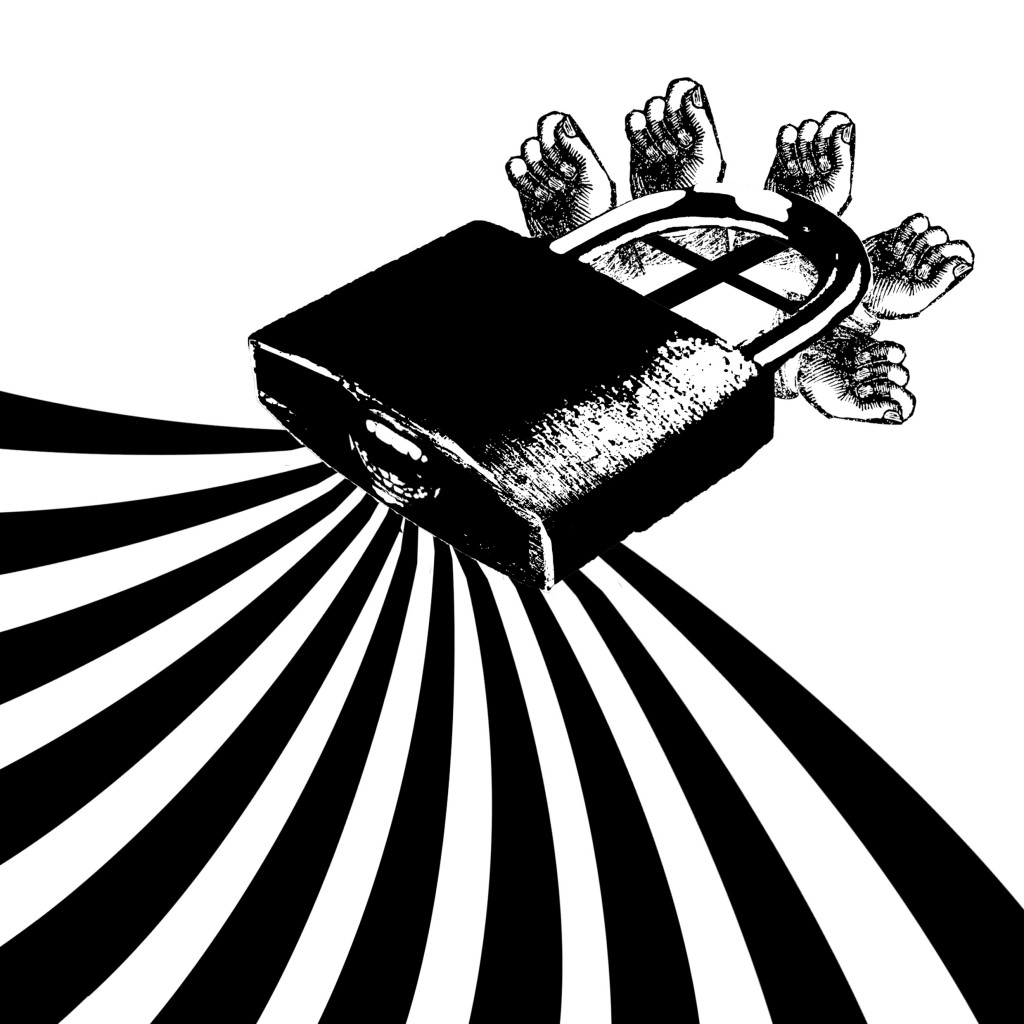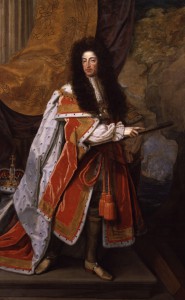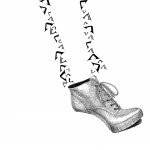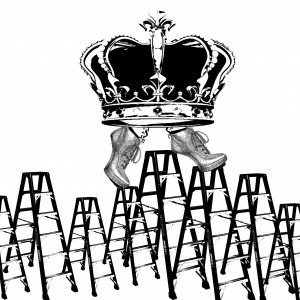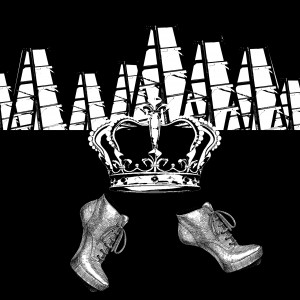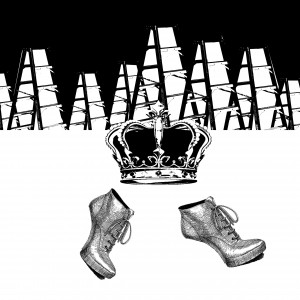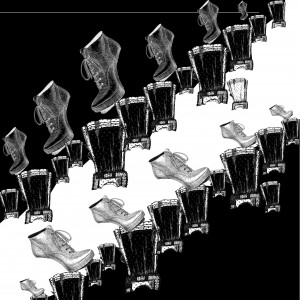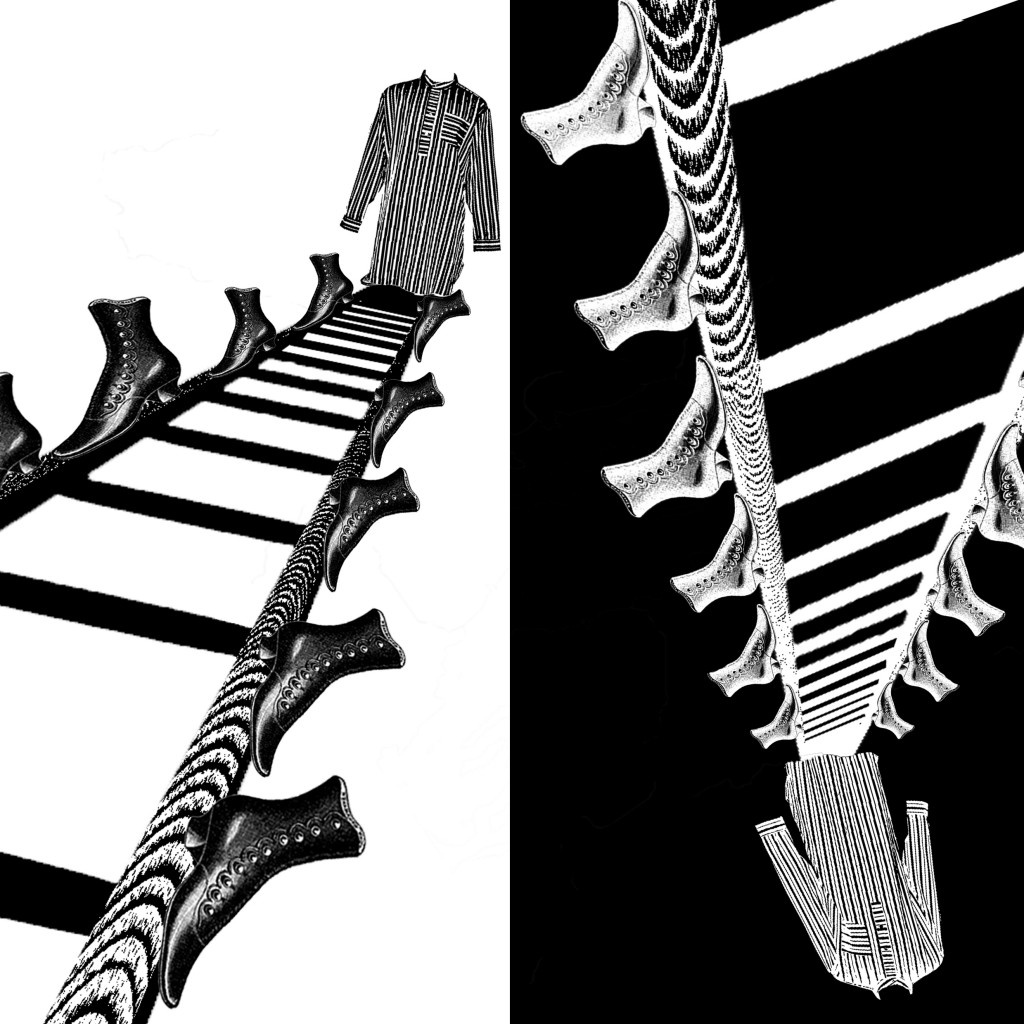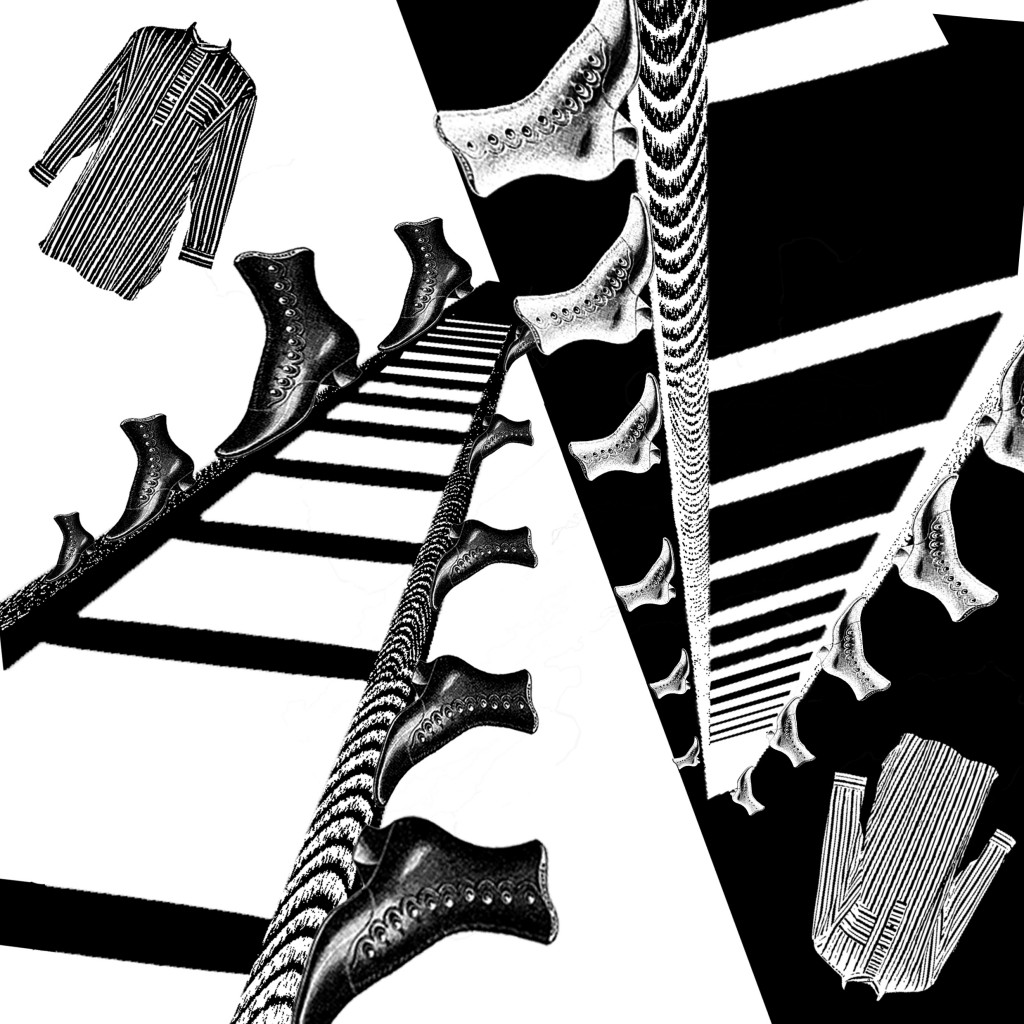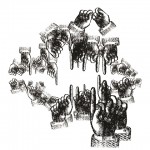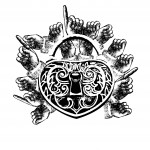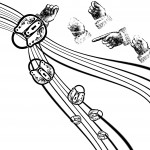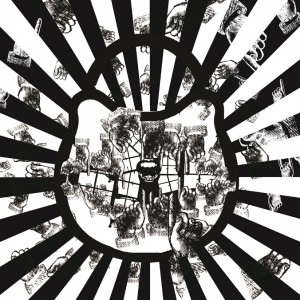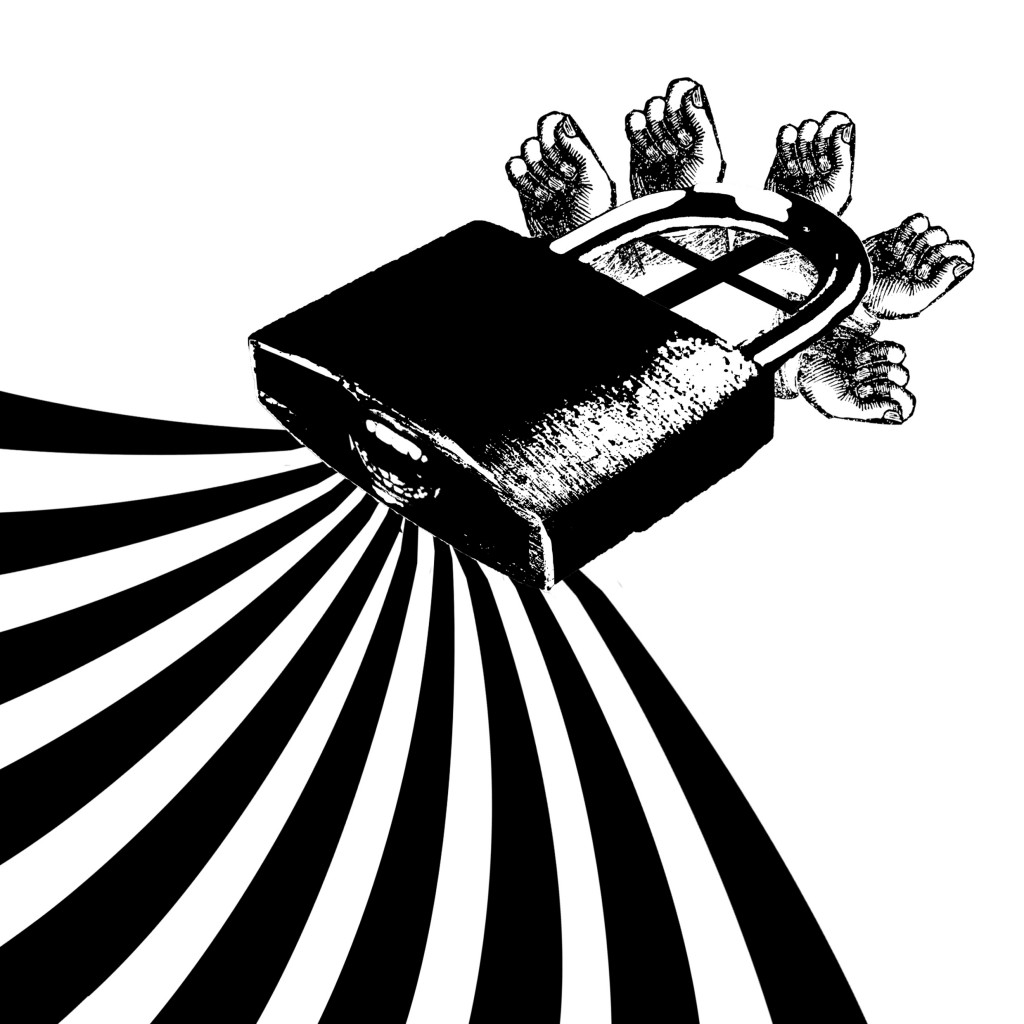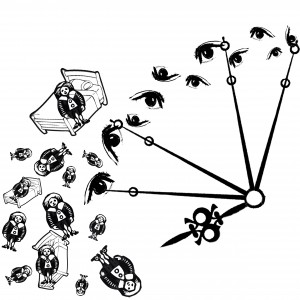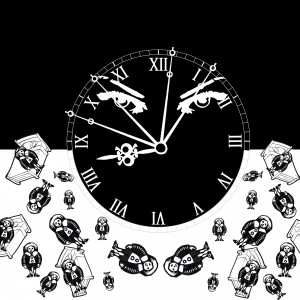Clandestine
Drama | Crime
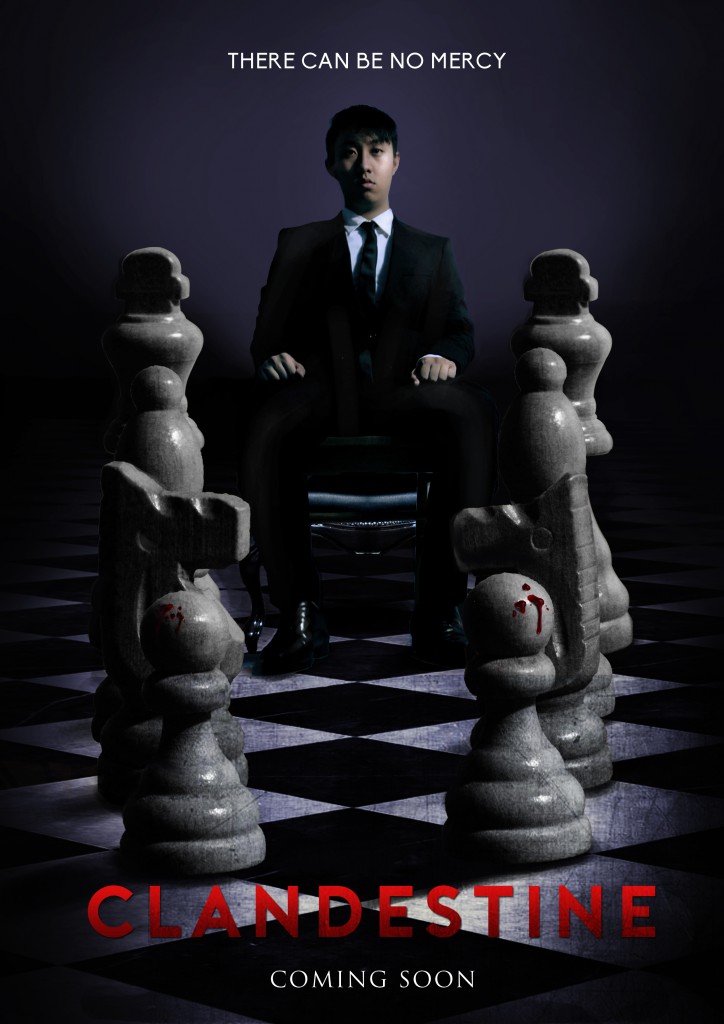
Synopsis:
The wife of a wealthy businessman has always been supportive of her husband’s underhanded methods. However, she slowly finds herself at odds with his decisions and ridden with guilt over an unexpected tragedy. She struggles with her inner conflicts. Every choice she makes will give rise to irreversible consequences.
Detailed story:
Act I
Set-up: Tara is the wife of Silas. Silas is a very successful businessman that is able to promote commerce and trade in the nation. On the other hand, unbeknownst to others, he is also a very crafty man that knows who to eliminate his rivals mercilessly. He knows how to manipulate people in cultivating his own power and influence, yet able to keep his slate clean. Tara does much of his bidding, and often helps him in his schemes. She has gotten her hands dirty and conspired with him.
Inciting Incident: One of the Silas’ greatest rivals is his brother, Sam, whom he hates deeply due to their long rivalry and being the one to attain assets of the family first. Silas is able to rise to the top of his corporation by defaming his brother, Sam, whom was initially at the top. Tara feels very conflicted by this action, as she has actually been seeing Sam.
The jealous brother, with his position stolen from him, plotted to take over Silas’ position in the corporation by uncovering clues of his devious schemes. Silas finds out what he has been doing and decides to kill him. His son was tasked to carry out the deed. Tara is caught in a moral dilemma, decides to go tell Sam. By that time, he is going to be murdered. She finds out where he is and rushes to the place. In attempt to stop the situation, it turns into chaos and she accidentally kills her son by trying to protect Sam.
Act II
Sam is still killed by Silas, states that the plan was a test to see if she can still be trusted. He is very disappointed with what his wife has become. Lucas, another of Silas’ rivals, finds the situation and sequence of events in their household incredibly suspicious. He is another smart individual who knows how to receive insider information discreetly. He confronts a distraught Tara who denies all part related to the murder, but is able to break down the psychological barrier and eventually force her to confess. He makes use of the situation to strike a deal with her, stating that he can help her conceal her doings if she helps him attain evidences of Silas’ crimes. She is doubtful of Lucas’ motives, but decides that its her only better path from there on. She seeks to get things right.
Lucas continues to search on information about Silas’ methods via underhand means as well, e.g. seeking the help of hackers and having Tara to pretend that she is alright with Silas again. She continues to secretly look for information to expose him, but he leaves little traces. Lucas is not a righteous individual and Tara knows that, however he knows how to remain discreet. He also often has friendly chatter with Silas, debate about their viewpoints in life, whilst trying to monitor his actions and understand his motives. Both of them find each other an interesting rival.
Silas slowly suspects that Lucas is trying to retrieve information about his crimes to expose him, devises his own plan. He decides that he would like to taunt Lucas by foiling one of his own plans. He makes one of Lucas’ hackers turn onto him, by offering a better exchange. The hacker confesses to the police that Lucas has been always been hacking into the information of other companies. Lucas gets into a series of lawsuits, eventually serves a short sentence in jail. Tara also gets violently threatened by Silas, he warns her not to liaise anymore with Lucas or she will be his next victim. Tara retaliates and insults him deeply. Out of fury, he takes out a weapon but decides not to do anything in the end for he cannot bear to do so.
On the outside, he is prideful. He strongly believes that he has outsmarted them both, and cheated the authorities multiple times. However, he is actually also very devastated that he has lost his most wonderful aide and supporter, but tries to assure himself that Tara can be replaced.
Tara wonders if she should just abandon what she has built here, start her life anew elsewhere. She meets with one of Lucas’ assistants. She asks if what Lucas wants is power as well, just like Silas. Even his assistant does not know, but only knows that Lucas likes to be a participator in what he calls a game. She decides that she needs to take responsibility for what she has done, it is time for her to expose Silas’ crimes alongside with her own. She does not have existing evidence anymore, but she confesses every one of their plans to the media. She talks about her son’s death and how they are guilty. She is ready to face every consequence and no longer feels the need to have herself covered. Meanwhile, Lucas is off from his sentence.
One of Silas’ partners decides to call it an off in their partnership, finds him untrustworthy. He is also taken in for questioning, along with Tara. He laughs that this is just a crazy statement that she makes up because of their fight. The police searches the household and finds nothing. Despite so, he has lost trust and credibility. He is distraught and goes to the bar to indulge in alcohol, furious and frustrated. He regrets his soft-heartedness for Tara, that it only succumbs him to weakness, and decides to end it once and for all, attempting to disguise a murder as a suicide.
Tara’s friend sends a text to her by saying how she is in danger due to Silas. Tara asks for the location and rushes there, attempting not to let the same incident repeat itself. When she reaches the meeting point, she realises that no one is there. Suddenly, Silas appears. He looks confused, which quickly changes into anger. He then grabs her and strangles her, accusing her of taunting him by pretending to be one of his assistants. She struggles to no avail, tries to deny it, but all of a sudden Silas gasps and collapses on the ground.
Act III
Denouement: The police rushes into the place, preparing for a shootout. They see Tara, wide-eyed and in complete shock, with her dead husband on the floor. They proceed to arrest her. She does not know what has happened, and is in complete disbelief. In the car, she ponders over how her friend has texted her but was not physically there, if it was Silas’ doing. But that was unlikely judging from his confusion.
From the corner of her eye, she sees an all-too-familiar figure as she steps out of the car. Lucas mouths the words “I won”. Before she could say anything, he disappears into the crowd. Everything was part of Lucas’ plan, including the hacker’s betrayal. He also timed the surprise meeting between the broken couple, poisoning Silas’ drink in the bar prior to the event. It would only take effect in 1-2 hours later (whereby was the time he met Tara), so to make it seem that she killed him.
She is charged with manslaughter and asked to receive treatment for her mental state. Lucas escapes scot free.
Process and Breakdown (updated)
Background
Definition of Clandestine: Characterised by, done in, or executed with secrecy or concealment, especially for purposes of subversion or deception; private or surreptitious
Clandestine is based on the myth of Sisyphus, the craftiest of men, who thought he could outsmart the Gods. However, in the end, he was condemned to an eternal punishment in the underworld. He had to roll a boulder to the top of the hill, only to see it roll back down again.
Re-telling myth and its parallels
When I chose this myth, I wanted to centre around the theme of greed, power, manipulation. I wanted this story lightly touch on Darwinian philosophy, survival of the fittest. I also wanted to give a morally grey undertone to the story, how people often choose between the lesser evil (i.e. Lucas or Silas). I was inspired was various series like Game of Thrones (in particular the characters Petyr Baelish and Varys), House of Cards for the idea of the battle of the wits. Moreover, this touches on the topic of how one can have many but yet have none – while Silas was at the top of the position, he seemed to have all in the world but he in fact lost everything.
Also, adding on to moral ambiguity, I depicted that when the protagonist decides to do the ultimate right thing, it does not actually repay off. It led to the character’s downfall instead. Ultimately, the irony is when she actually decided to do the right thing by confessing her sins, her route to redemption ends with herself being framed and her lost in the end.
The tragedy of Sisyphus, his eternal condemnation, was a manifest of his own defeat due to his doings (he outsmarted himself by leading to his own demise). To make things more interesting, I tried to focus on the character that was overlooked in the myth, which was his wife, Tyro (Tara). I tried to fix things to her perspective, focusing on her moral dilemma that she faced when she killed her son and how she was tangled in the situation. Sisyphus and Tyro did not have a healthy relationship too (i.e. in a scheme to cheat death, he would tell Hades that he wants to punish his wife for not giving him an actual burial), so I wanted to emphasize that aspect too.
In the original myth, Autolycus (Lucas) was outsmarted by Sisyphus. Autolycus could steal without a trace, but Sisyphus eventually was able to prove his crime. Moreover, Sisyphus’ fate was sealed by Zeus, an omnipotent being and not a human. I decided to twist it in a way that, he did not actually outsmart his rival even though he thought he did. And that carelessness actually caused his death, planned by the same rival he thought he outsmarted. The cause of his demise was caused by an unpredictable small foe, and not by the seemingly authoritative, omnipotent being like the original myth.
Characters
Silas – Sisyphus
I tried to retain the original depiction of Sisyphus, whereby he is a cunning, smart, abusive, manipulative man and also one with great power. Seemingly “all-bad”, I however saw him as an immensely tragic character in the myth too. He was one who loved life, would stop at nothing to gain it even if it was a losing battle. His passion caused him to pay to ultimate price.
In developing him, I focused on the qualities that would make him more relatable to the audience and how he is very fallible too, making him more dynamic. I emphasized how he was a broken man – he gained all in the world but lost all around him. I tried to humanize him as well, pointing out the fact that he loves his wife which was his weakness being taken advantage of in this power play.
Tara – Tyro
The myth did not have much mention for her, only briefly stated how she did kill her son to save someone close to her. Given that information, I played with the fact that she was morally torn and broken inside from that incident. I decided to craft her as a devoted follower who got jaded along the way. She plays the role someone as the ‘lamb’ caught in the middle of two cunning men’s schemes.
Once again, she is a tainted person with blood in her hands and thus not a perfect. Her journey grows from how she was a conniving individual but eventually is filled with guilt and wants to repent – which makes her more sympathetic and likable as the audience will feel her heart to want to change for the better. She sought to set things right in her own way, exposing her husband. I tried to play with moral greyness with the fact that her decisions, while seemingly the right thing to do, was not ethical actually. She was striking a deal to help another cunning man to expose her husband’s underhanded methods through, ironically underhanded methods. She was at the same time trying to cover up her crimes. But I tried to show that it is partly also due to her confusion from the ordeal she decided to go ahead with the deal. Thus, I tried to paint her as a flawed individual as well.
Lucas – Autolycus
Autolycus was actually somewhat considered a hero in world of Greek mythology, though also a master thief that would never be caught for whatever he steals. He did accidentally frame his neighbour for his theft crimes which led to a tragedy and death of others. With that in mind, I made him to be the ultimate mastermind of the power play and the villain.
Inspired by the certain aspects of the myth and the character ‘Petyr Baelish’ from the Game of Thrones, I developed him as a mysterious, smart rival whom knows how to play the game well. I made him a ambiguous character that does not know what his true motives are, why he seeks to help Tara and whether he can be trusted. Making him an intentionally confusing character would add on to the power play theme.
Poster
The poster consisted of the male character (likely to be Silas), and a series of pawns lining up in a row. The series of pawns show the increment in power, with king being at where he is seated at. They represent the people in his power play, his manipulation. The different types of pawns also hint to some of the characters as well, e.g. the regular pawn as the powerless victim in his power play like Sam, and the rook as his rival, Lucas. The motif of chess is to show the battle of wits, how all this manipulation Some blood is hinted at the pawn, to show how the high position he gained is not by clean hands, that blood has been spilled.
The logline, “There can be no mercy”, is an insight to the cold-blooded, ruthless rivalry that the characters face with each other and represents the undertone for the film.
Reflection
I was veering towards Greek mythology right from the start of the project, as I found them very interesting. They often have a moral message to send across, but yet at the same time are fascinating largely due to the complexity of the stories – things are not clearly black and white. Many of the “villains” in Greek mythology like Medusa, have a strong backstory to make you sympathise for her and realise she was not so villainous after all. The heroes like the omnipotent Gods, might be perceived as too ruthless, they also make mistakes and commit deeds that would be considered immoral as well. Thus, I liked how the distinction between hero and villain was blurred.
It was certainly difficult to think how to re-tell myths, for they are magical by nature. I had to think of ways to just take the bare essence of the story without the supernatural elements, and trying not to literally re-tell the exact sequence of events. I wanted to portray the side of the villains, their tragic backstories and how they are not what we think they are. I initially looked at various myths like Medusa, Icarus/Daedulus and Pandora’s Box. This project really opened my mind as to how I can push boundaries and stretch a story’s potential further.
Moreover, the genre was a challenging one for me to take as well. Crime and manipulation is usually not a genre that I am familiar with coming up with a story, as everything has to be well-thought, sophisticated and smart. I stepped out of my comfort zone by attempting this genre, trying to develop intriguing yet conceivable plot twists. I learnt a lot from this project in developing a story, and depicting characters as well.
